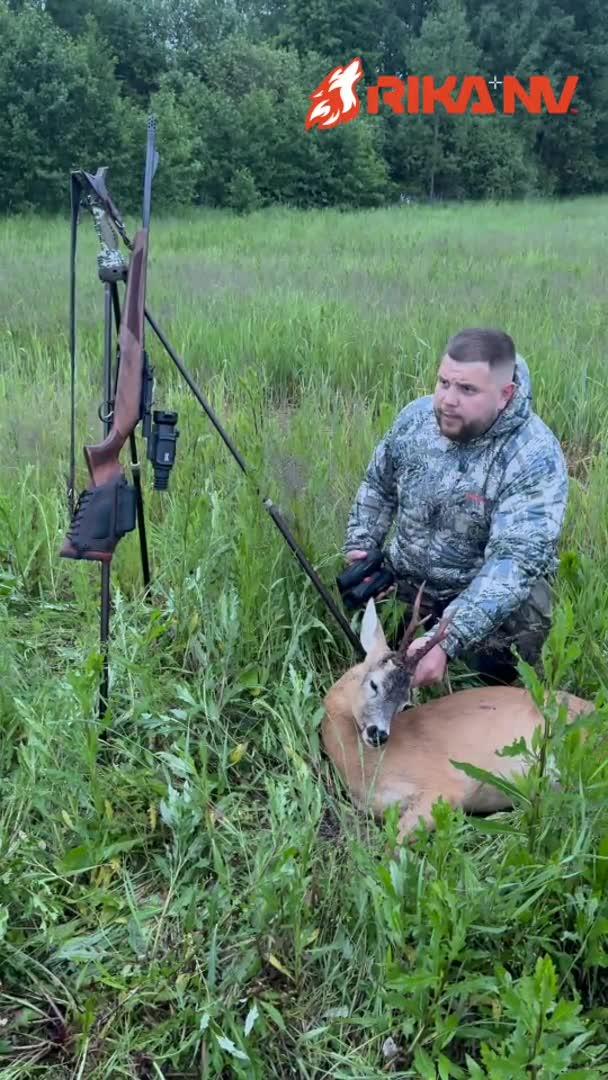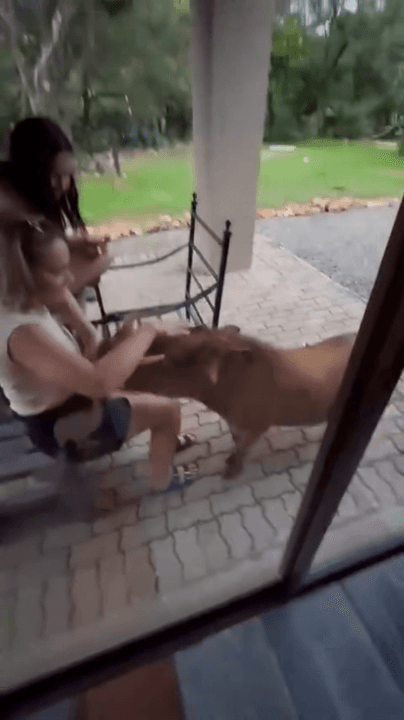
Montana releases new elk management plan There’s a new elk management plan in place for Montana. This month, Montana Fish, Wildlife & Parks (FWP) announced the adoption of the 2023 plan and environmental assessment. The new plan is flexible and “forward looking,” according to the agency. It will help FWP making informed decisions that incorporate conservation initiatives with regard to elk management and help guide future requirements for sustainably managing elk populations. “Development of the new elk plan was a long and expansive process, and we appreciate all the public input we received,” said Dustin Temple, FWP Director. “Elk management is controversial in Montana, but through this process we saw people with varying interests come together with new ideas. That collaboration is captured in the plan and will be critical moving forward.” Some highlights of the new plan include a less prescription, more objective/goal-focused management strategy as well as specific identification
Post: 7 December 09:17












































